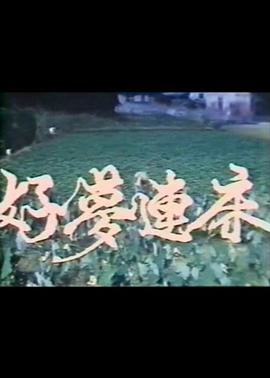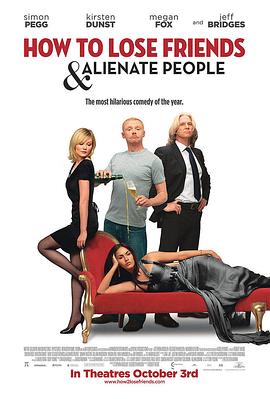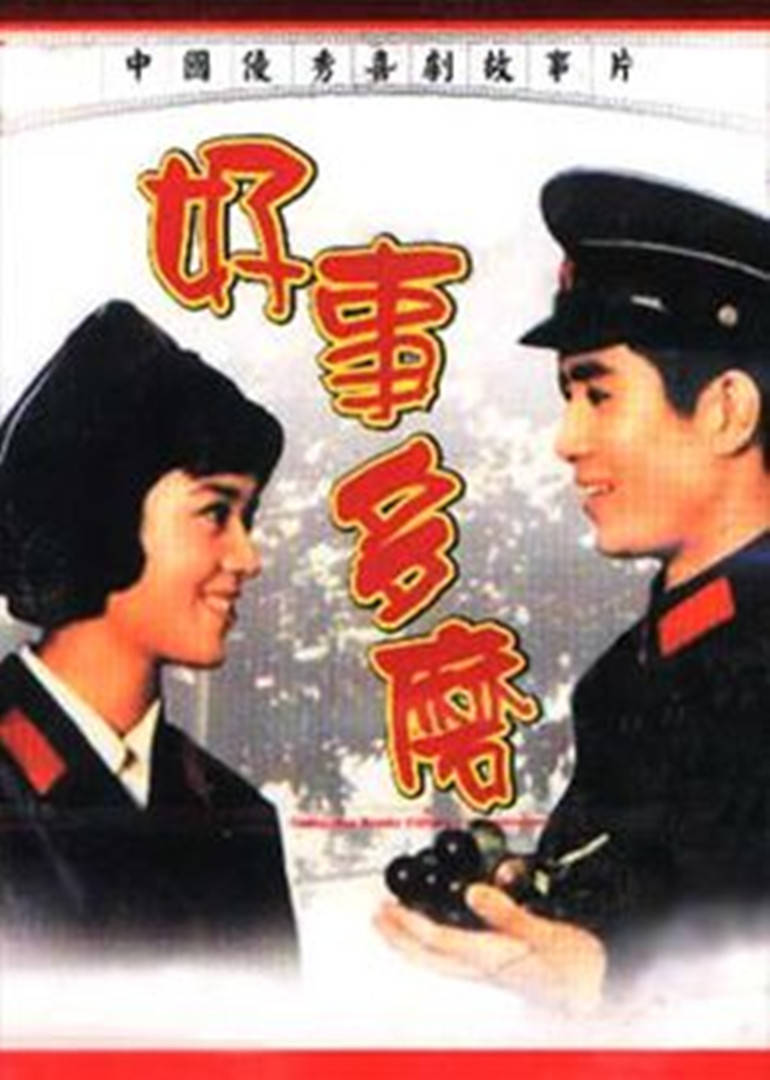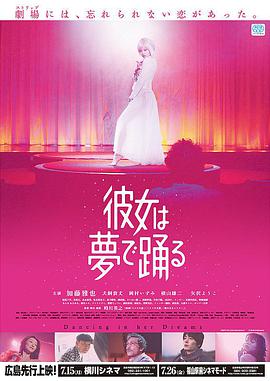盲目的丈夫们
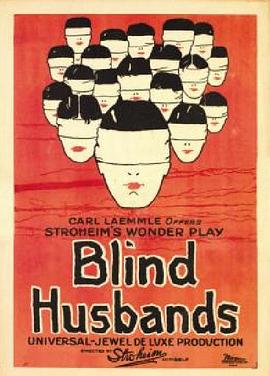
盲目的丈夫们
- 剧情:
- Two differences between this A 详细
猜你喜欢
- 1. 非常嫌疑犯国语 HD
- 2. 搜索者1956国语 HD
- 3. 神秘拼图英语 HD
- 4. 神秘拼图国语 HD
- 5. 基地疑云英语 HD
- 6. 基地疑云国语 HD
- 7. 搜索者1956英语 HD
- 8. 土京盗宝记1964 HD
- 9. 塘鹅暗杀令英语 HD
- 10. 塘鹅暗杀令国语 HD
- 11. 正午1952 HD
- 12. 荒岛余生2000英语 HD
- 13. 荒岛余生2000国语 HD
- 14. 巴比龙1973英语 HD
- 15. 巴比龙1973国语 HD
- 16. 死者田园祭 HD
- 17. 巴比龙2017英语 HD
- 18. 巴比龙2017国语 HD
- 19. 你不要走1978意大利版 HD
- 20. 罗宫春色1932 HD
《盲目的丈夫们》剧情简介
Two differences between this Austrian version and the generally available American version are immediately obvious they differ both in their length and in the language of the intertitles. The American version is only 1,883 metres long - at 18 frames per second a difference of some 7 minutes to the Austrian version with 2,045 metres. Whereas we originally presumed only a negligible difference, resulting from the varying length of the intertitles, a direct comparison has nevertheless shown that the Austrian version differs from the American version both in the montage and in the duration of individual scenes. Yet how could it happen that the later regional distribution of a canonical US silent film was longer than the original version The prevalent American version of Blind Husbands does not correspond to the version shown at the premiere of 1919. This little-known fact was already published by Richard Koszarski in 1983. The film was re-released by Universal Pictures in 1924, in a version that was 1,365 feet (416 metres) shorter. At 18 frames per second, this amounts to a time difference of 20 minutes! Titles were altered, snippets of action removed and at least one major scene taken out entirely, where von Steuben and Margaret visit a small local chapel. (Koszarski) From the present state of research we can assume that all the known American copies of the film derive from this shortened re-release version, a copy of which Universal donated to the Museum of Modern Art in 1941. According to Koszarski the original negative of the film was destroyed sometime between 1956 and 1961 and has therefore been irretrievably lost. This information casts an interesting light on the Austrian version, which can be dated to the period between the summer of 1921 and the winter of 1922. Furthermore, the copy is some 200 metres longer than the US version of 1924. If one follows the details given by Richard Koszarski and Arthur Lennig, this means that, as far as both its date and its length are concerned, the Austrian version lies almost exactly in the middle between the (lost) version shown at the premiere and the re-released one.A large part of the additional length of the film can be traced to cuts that were made to the 1924 version in almost every shot. Koszarski describes how the beginning and the end of scenes were trimmed, in order to speed up the film. However, more exciting was the discovery that the Austrian version contains shots that are missing in the American one - shotscountershots, intertitles - and furthermore shows differences in its montage (i.e. the placing of the individual shots within a sequence). All this indicates that Die Rache der Berge constitutes the oldest and most completely preserved material of the film.
